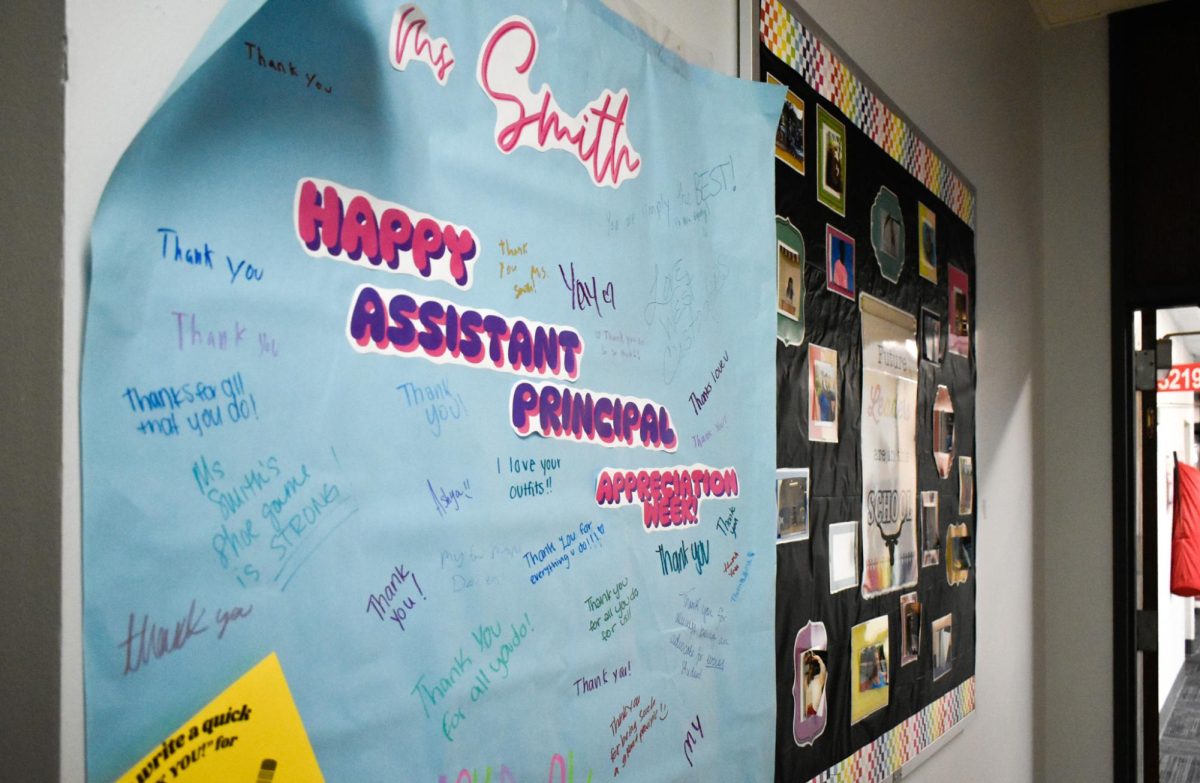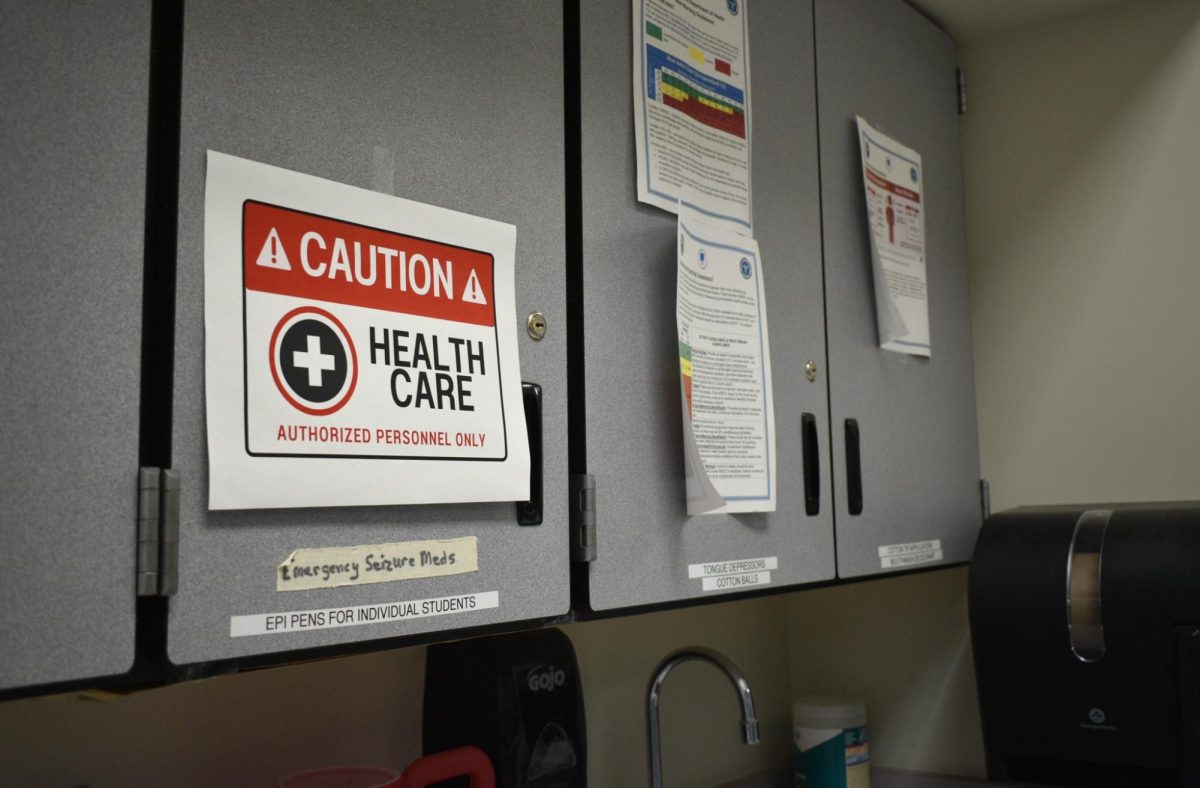Since 1959, millions of people have been captivated by SeaWorld entertainment parks, located in San Antonio, CA, San Diego, CA and Orlando, FL. Though SeaWorld has served as a popular vacation destination for families, it is facing its third class-action lawsuit in the span of the last four weeks, and stocks are at an all-time low for the company.
But why is this iconic vacation hotspot facing so many legal issues?
Unnatural pods
Like people from different countries, whales from different places have certain ‘languages’ that not all whales are capable of understanding. These languages are understood only by their pods, or families. Read a little more about pods here.
Rather than living with their true families in the wild, whales at SeaWorld are artificially assembled in tanks by management, which often leads to aggressive and hostile behavior between whales.
There are numerous records of whale aggression at SeaWorld, some resulting in severe injuries for the whales. Kandu V was a female whale kept at SeaWorld San Diego that died of excessive hemorrhaging after an aggressive altercation with female whale, Corky II. This type of aggression does not occur between pods in the wild with orcas as killer whales stay with their pods for life. SeaWorld’s artificial assemblages of pods is unnatural, and as shown in Kandu V and Corky II’s altercation, the removal can lead to unpredictable and aggressive behavior.
Premature Whale Deaths
In the wild, scientific data shows that killer whales on average live for 60 to 75 years, whereas in captivity, the average whale barely exceeds 35 years of age. In Blackfish, SeaWorld officials instruct staff members to tell the public that killer whales live as long in captivity as they do in the open ocean.
Collapsed Dorsal Fins
In efforts to save the company’s fleeting reputation, the SeaWorld staff is trained to tell the public that collapsed dorsal fins are a normal occurrence in killer whales, according to the documentary Blackfish. In actuality, data shows it only happens within one percent of killer whales in the wild. A collapsed dorsal fin is the sign of an unhappy/unhealthy orca with little to no swim space and an unnatural diet.
Unauthorized use of drugs
According to trainers, whales are given numerous drugs to prevent and control specific behaviors. SeaWorld veterinary records show that orcas are given psychotropic drugs to prevent any aggressive behavior. These drugs include mixtures of Valium and Xanax, and they are administered to whales daily, according to trainers. In violation of medical guidelines, the drugs are also administered to nursing orcas.
Tank Issues
According to the 2013 documentary film Blackfish, the whale tanks are much too small for the whales in captivity. The average whale in the wild swims up to 100 miles a day in the depths of the ocean. It’s estimated that whales at SeaWorld need to swim in circles in their tank 1,900 times a day for them to achieve the same distance. Because the tanks are so small, SeaWorld’s whales are often found ‘logging,’ or floating aimlessly in the water due to boredom, something wild whales have never been seen doing, indicating that the behavior is unnatural.
One of the biggest issues with the tank sizes is the depth. The deepest tank at SeaWorld is 40 feet deep, which is not nearly deep enough to prevent whale sunburn. Outside of captivity, whales spend most of their time in murky, deep water, protecting them from potential burns. At SeaWorld, sunburned whales are painted over with black zinc oxide for shows, and the burns are uncovered when they are not performing. Though zinc oxide does prevent further sunburn, it is only applied on top of any existing burns.
Hazardous Conditions for Trainers
Not only the orcas face danger in the parks; possibly in the most danger are SeaWorld’s trainers. According to Blackfish, most of the staff do not have college degrees or prior marine life experience, as it is not a requirement. The trainers are simply performers, paid and trained to teach the whales tricks for entertainment purposes. SeaWorld’s corporate incident log contains over 100 whale related incidents, many involving aggression towards trainers, occasionally resulting in severe injury and sometimes death.
Tilikum
Perhaps the most well-known whale in captivity, this 12,000 pound whale is infamous for causing the death of his former trainer Dawn Brancheau in view of an audience during the “Believe” performance at SeaWorld. Rather than retiring the depressed, troubled animal to a sea pen, SeaWorld has kept Tilikum in isolation in Orlando. This decision has caused an ongoing uproar with animal activists and had also inspired the creation of the documentary Blackfish. Instead of releasing Tilikum to a sea pen for his mental health, the whale remains in the smallest tank on the property, and has little to no contact with other whales and staff.
SeaWorld stock has been dropping, as well as attendance, due to the release of the Blackfish documentary. Buying a ticket is supporting SeaWorld’s unethical actions and unacceptable treatment of the whales. This summer, book a trip to go whale watching to view whales in their natural habitats, rather than visiting an artificial sea-circus show.
Take action against SeaWorld here.


![Leaning on the podium, superintendent Melissa Schneider speaks to Parkway journalism students during a press conference. Schneider joined Parkway in July after working in the Thompson School District in Colorado. “My plan [to bond with students] is to get things on my calendar as much as possible. For example, being in [classes] is very special to me. I am trying to be opportunistic [meeting] kids [and] being in [the school] buildings. I have all the sports schedules and the fine arts schedules on my calendar, so that when I'm available, I can get to them,” Schneider said.](https://pwestpathfinder.com/wp-content/uploads/2025/09/IMG_5425-1200x943.jpeg)


![Red, white and blue, the American flag holds the values of our democracy. The fight that we once endured has returned, as student journalists and senior correspondents across the country are losing their voices due to government control. “[Are] the White House and [the] government limiting free speech [and] freedom of the press? Yes [they are],” chief communications officer of the Parkway School District and former journalist Elisa Tomich said.](https://pwestpathfinder.com/wp-content/uploads/2025/03/Untitled-design-14.jpg)
![A board in the Parkway West counseling department displays pennants of selective universities. With a wide range of students interested in attending, it’s important that these schools have clear priorities when deciding who to admit. “[Washington University] had the major that I wanted, psychology, philosophy, neuroscience. That's a holistic study of the brain, and [WashU is] the only college in the world that offers that. That's the main reason I wanted to go; I got into that program,” senior Dima Layth said.](https://pwestpathfinder.com/wp-content/uploads/2025/02/Flag-1.png)

![Within the U.S., the busiest shopping period of the year is Cyber Week, the time from Thanksgiving through Black Friday and Cyber Monday. This year, shoppers spent $13.3 billion on Cyber Monday, which is a 7.3% year-over-year increase from 2023. “When I was younger, I would always be out with my mom getting Christmas gifts or just shopping in general. Now, as she has gotten older, I've noticed [that almost] every day, I'll open the front door and there's three packages that my mom has ordered. Part of that is she just doesn't always have the time to go to a store for 30 minutes to an hour, but the other part is when she gets bored, she has easy access to [shopping],” junior Grace Garetson said.](https://pwestpathfinder.com/wp-content/uploads/2024/12/DSC_0249.JPG-1200x801.jpg)

![Senior Sally Peters stands in the history hallway, contemplating her choices in the 2024 United States and Missouri elections on Nov. 5. As a member of Diplomacy Club, Peters has discussed key candidates and issues in contemporary American politics. “[As students], we're starting to become adults. We're realizing how much the policies that are enforced and the laws that make it through the House and Senate are starting to affect us. [Opportunities such as] AP [U.S.Government] and Diplomacy Club [make elections feel] a lot more real,” Diplomacy Club vice president and senior Nidhisha Pejathaya said.](https://pwestpathfinder.com/wp-content/uploads/2024/10/Flag-1-1.png)
![Mounting school pressure can leave many students overworked and overstressed. Schools must give students the necessary resources to help assuage student mental health issues and prevent the development of serious crises. “The biggest thing [schools] can do [to protect student mental health] is offer more time [to do work], like a study hall, or offer more support from teachers so that students don't feel stressed out and can get help in areas that they need,” senior Bhavya Gupta said.](https://pwestpathfinder.com/wp-content/uploads/2024/09/unnamed-4.jpg)
